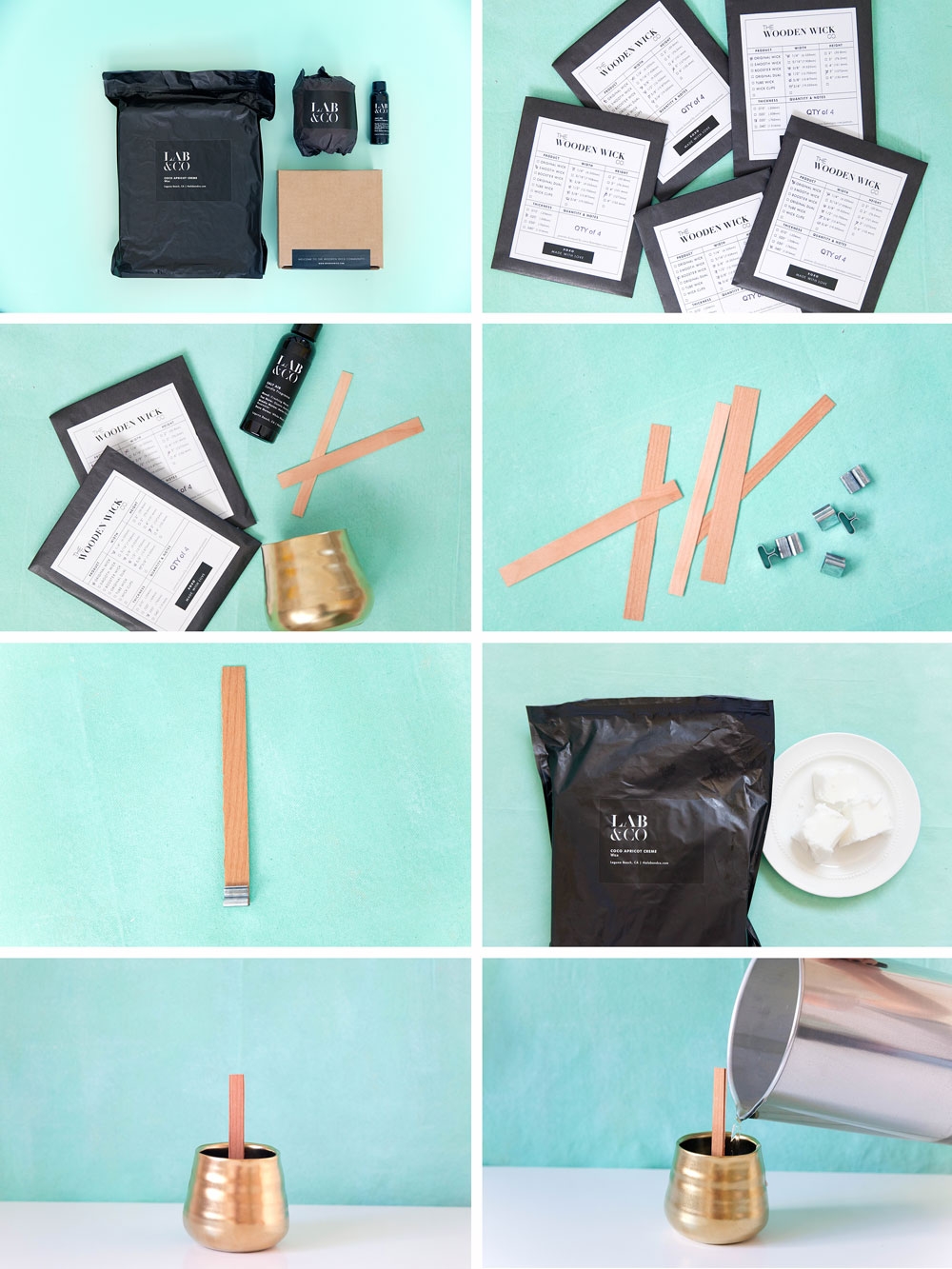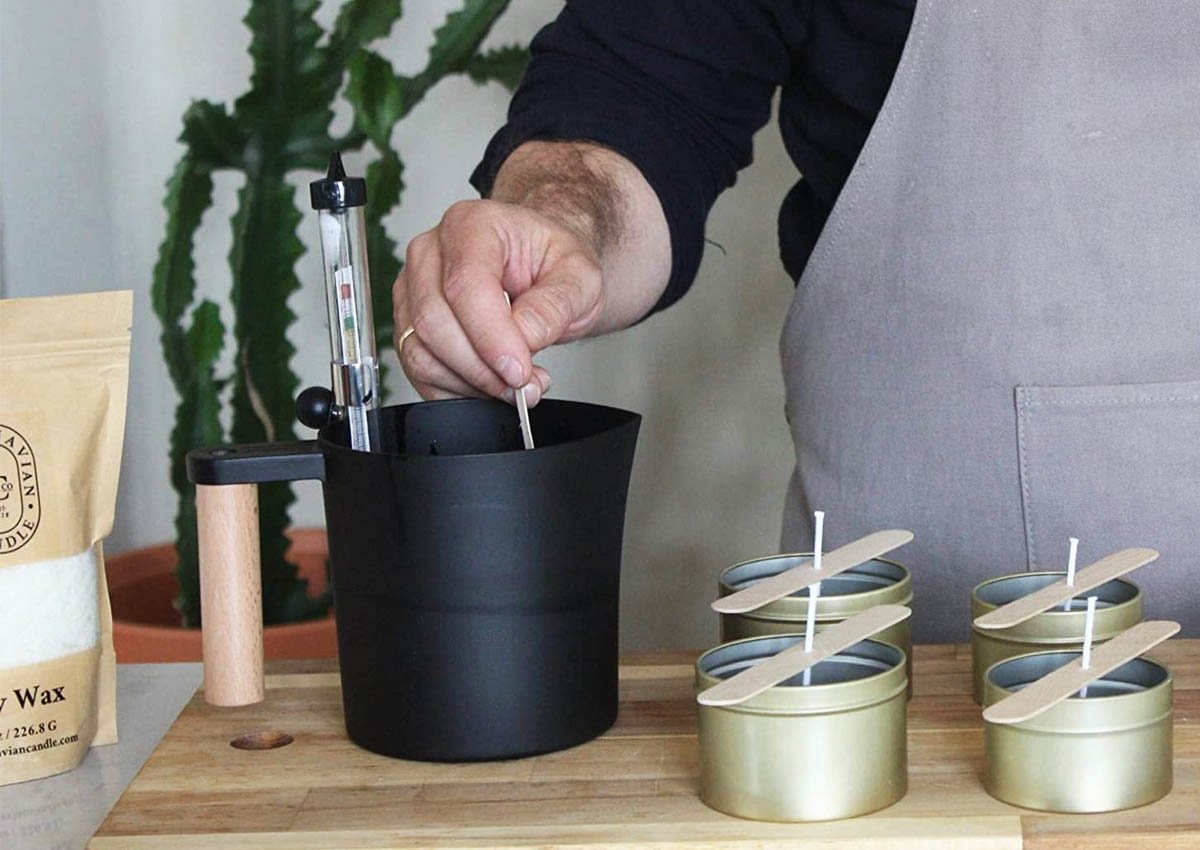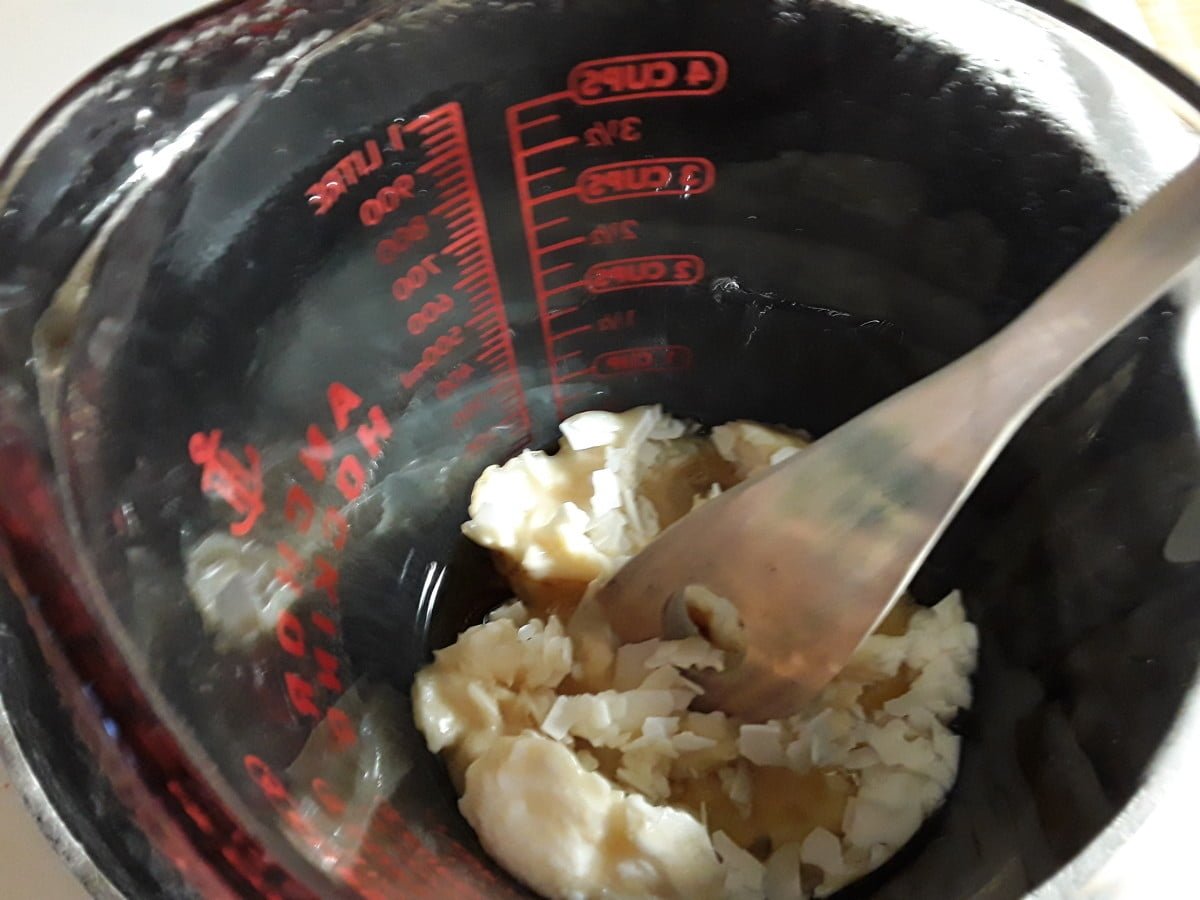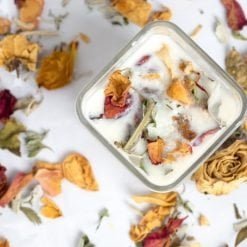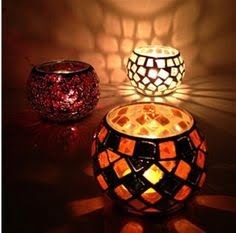Candle making is a beautiful art form that allows you to create unique and personalized candles for yourself or as gifts for loved ones. One key element in this creative process is choosing the right scents to enhance the overall experience. Whether you are a beginner or an experienced candle maker, understanding how to scent your candles effectively can take your creations to the next level.
When it comes to scenting candles, there are various options available, from essential oils to fragrance oils and even natural additives like herbs, spices, and flowers. Each of these elements can add a distinct aroma to your candles, elevating them from simple décor items to sensory delights. By exploring the different scents and experimenting with combinations, you can craft candles that not only look beautiful but also smell amazing.
In this article, we will delve into the world of candle making and explore how scents play a vital role in this creative endeavor. From understanding the science behind scenting candles to learning about DIY scented candle recipes, we will provide you with all the information you need to start creating your own signature candles. So let’s embark on this fragrant journey together and discover the art of candle making as a rewarding hobby that engages all your senses.
The Importance of Scent in Candles
The sense of smell is a powerful tool that can evoke emotions, memories, and create ambiance in any space. When it comes to candle making, the importance of scent cannot be overstated. Adding fragrance to candles enhances the overall candle-making experience by creating a welcoming and soothing atmosphere. Whether you are making candles for relaxation, meditation, or simply to freshen up your living space, choosing the right scent can make all the difference.
There are various ways to scent candles, including using essential oils and fragrance oils. Essential oils are natural plant extracts that not only add a pleasant aroma to candles but also offer therapeutic benefits. From calming lavender to invigorating eucalyptus, essential oils allow you to customize your candles based on your preferences and needs.
On the other hand, fragrance oils are synthetic oils specifically formulated for candle making. They come in a wide range of scents, from fruity and floral to woody and spicy, allowing you to create signature fragrances for your homemade candles.
In addition to essential oils and fragrance oils, there are natural additives that can be used to scent candles. Infusing herbs, spices, and flowers into melted wax can add unique scents and visually appealing elements to your candles.
For example, dried rose petals can give your candles a subtle floral aroma, while cinnamon sticks can add a warm and spicy touch. Experimenting with different natural additives is a fun way to explore new scents and create one-of-a-kind candles that reflect your personal style and preferences.
| Scenting Method | Description |
|---|---|
| Essential Oils | Natural plant extracts with therapeutic benefits |
| Fragrance Oils | Synthetic oils formulated for candle making |
| Natural Additives | Herbs, spices, flowers for unique scents |
Essential Oils
Benefits of Using Essential Oils
One of the key advantages of using essential oils in candle making is their versatility. Whether you prefer floral, citrus, herbal, or woody scents, there is an essential oil to suit every preference. Additionally, essential oils are known for their mood-boosting properties, making them an excellent choice for creating a relaxing or energizing atmosphere in your space.
Popular Essential Oils for Candle Making
Some popular essential oils used in candle making include lavender, peppermint, eucalyptus, lemon, and bergamot. Lavender essential oil is beloved for its calming properties and soothing scent, making it ideal for promoting relaxation and sleep. Peppermint and eucalyptus essential oils are refreshing and invigorating choices that can help clear the mind and improve focus. On the other hand, citrus oils like lemon and bergamot add a bright and uplifting aroma to candles.
Incorporating essential oils into your candle making process allows you to customize the fragrance of your candles according to your preferences. Experiment with different combinations of essential oils to create unique scents that reflect your personal style and enhance the ambiance of your space. Whether you are seeking tranquility, energy, or simply a pleasant scent, essential oils offer a natural and effective way to infuse beauty and fragrance into your homemade candles.
Fragrance Oils
Creating signature scents for your homemade candles is a fun and creative process that allows you to customize the ambiance of your space. Fragrance oils are a popular choice for scenting candles due to their wide variety of options and long-lasting aroma. These oils are synthetic fragrances specifically formulated for candle making, ensuring a consistent and strong scent throw when the candle is lit.
When selecting fragrance oils for your homemade candles, it’s essential to consider the theme or mood you want to evoke. Whether you prefer floral, fruity, herbal, or woody scents, there is a fragrance oil available to suit your preferences. Some popular fragrance oil options include vanilla, lavender, citrus, and sandalwood. Here are some examples of fragrance oils to consider using in your candle making:
- Vanilla Bean: A warm and inviting scent that adds a touch of sweetness to any space.
- Lavender Fields: A calming and soothing aroma perfect for relaxation and stress relief.
- Citrus Burst: An energizing and refreshing scent that invigorates the senses.
One of the advantages of using fragrance oils in candle making is the ability to create unique and personalized scents by blending different oils together. This allows you to experiment with different combinations until you find the perfect signature scent for your homemade candles. Additionally, fragrance oils are highly concentrated, so only a small amount is needed to achieve a strong and lasting fragrance in your candles.
Adding fragrance oils to your homemade candles not only enhances the sensory experience but also elevates the overall aesthetic appeal of the candles. Whether you’re creating candles for personal use or as gifts for loved ones, choosing high-quality fragrance oils will ensure that your candles not only look beautiful but also fill the room with delightful aromas when burned. So let your creativity run wild as you explore the world of fragrance oils in candle making.
Natural Additives for Scenting Candles
When it comes to adding unique scents to homemade candles, natural additives like herbs, spices, and flowers can elevate the aromatic experience. These botanical ingredients not only provide delightful fragrances but also add visual appeal and texture to your candles. Herbs such as lavender, rosemary, and mint are popular choices for their refreshing and calming scents.
Spices like cinnamon, cloves, and nutmeg bring warmth and richness to the candle’s aroma. Flowers such as roses, jasmine, and chamomile add a touch of sweetness and elegance.
To infuse these natural additives into your candles, there are a few different methods you can use. One common technique is to create an infused oil by steeping the herbs, spices, or flowers in a carrier oil like coconut or jojoba oil. This infused oil can then be added to the melted wax during the candle-making process.
Another method is to sprinkle dried botanicals directly into the melted wax before pouring it into the container. This allows the natural ingredients to release their aromatic oils as the candle burns, filling the room with a lovely scent.
It’s important to consider the compatibility of different natural additives with your chosen wax type when creating scented candles. Some botanicals may not mix well with certain waxes or could affect the burning characteristics of the candle.
It’s recommended to experiment with small batches first to test for scent throw and burning behavior. By carefully selecting and experimenting with natural additives in your candle making process, you can create truly one-of-a-kind scented candles that delight both your senses and those of others around you.
| Botanical Ingredient | Scent Profile |
|---|---|
| Lavender | Calming and Floral |
| Cinnamon | Warm and Spicy |
| Jasmine | Sweet and Floral |
DIY Scented Candle Recipes
Choosing the Right Ingredients for Scented Candles
When it comes to crafting your own scented candles, choosing the right ingredients is crucial. Essential oils and fragrance oils are the most common options used to add scent to candles. Essential oils are derived from plants and offer a natural and aromatherapeutic option for scented candles.
On the other hand, fragrance oils are synthetic but offer a wide variety of scents that can mimic natural fragrances or create unique blends. It’s essential to select high-quality oils to ensure a strong and long-lasting scent in your candles.
Experimenting With Natural Additives
In addition to using essential oils and fragrance oils, you can enhance the scents of your candles by incorporating natural additives such as herbs, spices, and flowers. Herbs like lavender or rosemary, spices like cinnamon or clove, and flowers like dried rose petals can add depth and complexity to your candle’s aroma.
These natural additives not only provide a beautiful visual element to your candles but also release their unique scents as the candle burns, creating a sensory experience that goes beyond just smell.
Candle Making Tools for Scenting Candles
To effectively scent your candles, you’ll need some specific tools such as a thermometer to monitor the temperature of the wax when adding fragrances, a heat-resistant container for melting the wax and mixing in scents, measuring spoons or cups for accurate measurements of oils, and stirring utensils for thoroughly mixing the fragrance into the wax. Having these tools on hand will make it easier to create perfectly scented candles every time.
By experimenting with different combinations of essential oils, fragrance oils, natural additives, and utilizing the right tools, you can create unique and personalized scented candles that elevate your candle-making experience. Whether you prefer calming lavender-scented candles or uplifting citrus blends, there are endless possibilities when it comes to adding scent to your homemade creations.
Enjoy the process of crafting custom-scented candles that not only fill your space with delightful fragrances but also reflect your individual style and preferences.
Tips and Tricks for Achieving the Perfect Scent Balance in Your Candles
When it comes to candle making, achieving the perfect scent balance is crucial in creating a truly enjoyable and aromatic experience. Whether you prefer a subtle hint of fragrance or a more intense aroma, finding the right balance can make all the difference. Here are some tips and tricks to help you master the art of scent balancing in your candles:
- Start by choosing high-quality fragrances: The first step to achieving the perfect scent balance is selecting top-notch fragrances that are specifically formulated for candle making. Whether you opt for essential oils or fragrance oils, ensure that they are designed to disperse evenly and retain their scent throughout the burning process.
- Experiment with fragrance ratios: One key aspect of achieving the ideal scent balance is experimenting with different fragrance ratios. Start by adding smaller amounts of fragrance oil or essential oil to your wax and gradually increase the quantity until you reach your desired level of scent intensity.
- Consider complementary scents: Combining different scents can create unique and harmonious blends in your candles. Experiment with pairing floral notes with citrus tones or woodsy aromas with herbal undertones to create complex and captivating fragrances.
Finding the perfect scent balance in your candles may require some trial and error, but don’t be afraid to get creative and trust your senses. With practice and patience, you’ll soon master the art of scent balancing and elevate your candle making skills to new heights.
Remember, creating beautifully scented candles is not just about following a recipe – it’s about tapping into your creativity and personal preferences to craft a sensory experience that delights both you and those around you. By incorporating these tips and tricks into your candle making process, you can enhance the overall quality of your creations and enjoy the therapeutic benefits of aromatherapy at home.
The Science Behind Scented Candles
When it comes to creating scented candles, understanding the science behind how scent works in candle making is essential. The process of scenting candles is not just about adding a few drops of fragrance to the wax; it involves a complex interaction between the various components that make up a candle.
The key factors that influence the effectiveness of scent in a candle include the type and quality of fragrance used, the amount of fragrance added, and how well the fragrance blends with other ingredients.
One important aspect to consider when adding scent to candles is the flash point of the fragrance oil being used. The flash point is the temperature at which a particular oil will ignite if exposed to an open flame.
It’s crucial to choose fragrance oils with an appropriate flash point for candle making to ensure safety during the burning process. Additionally, different fragrance oils have varying levels of intensity and longevity, so understanding these characteristics can help you achieve the desired strength and duration of scent in your candles.
Another factor that affects how scent works in candle making is the type of wax being used. Some waxes, such as soy wax or beeswax, have better scent throw capabilities than others. The porous nature of these waxes allows them to hold onto fragrances more effectively and release them gradually as the candle burns.
Experimenting with different types of wax can help you find the best option for maximizing the scent potential of your candles. By gaining a deeper understanding of how scent interacts with various elements in candle making, you can create beautifully scented candles that enhance any space with their aroma and ambiance.
Conclusion
In conclusion, candle making is not just a craft; it is an art form that allows individuals to express their creativity and create beautiful, personalized products. The use of scents in candles adds a whole new dimension to the experience, turning a simple candle into a sensory delight. By incorporating essential oils, fragrance oils, and natural additives like herbs and flowers, candle makers can create signature scents that evoke different emotions and memories.
Whether you are a seasoned candle maker or just starting out, experimenting with different combinations of scents can lead to exciting discoveries and unique creations. DIY scented candle recipes provide a step-by-step guide for beginners to learn the basics while inspiring experienced creators to push the boundaries of traditional candle making. Understanding the science behind how scent works in candles can also help enthusiasts fine-tune their craft and achieve the perfect balance of fragrance in their creations.
In essence, embracing the art of candle making and scenting not only offers a therapeutic and rewarding hobby but also opens up endless possibilities for creativity. With the right tools, such as essential oils, fragrance oils, and natural additives, anyone can explore the world of scent design and create candles that cater to their personal preferences or even become wonderful gifts for loved ones.
So why not delve into this captivating world of candle making and scenting? Let your imagination run wild as you embark on this aromatic journey.
Frequently Asked Questions
What Can You Use to Scent Homemade Candles?
One can use essential oils, fragrance oils, dried herbs, or spices to scent homemade candles. Essential oils are popular for their natural scents, while fragrance oils offer a wide range of artificial aromas.
How Do You Add Scent to Candle Making?
Adding scent to candle making involves mixing the chosen fragrance with the melted wax before pouring it into the container. The amount of scent added should follow specific guidelines to ensure proper diffusion when burning the candle.
How Do You Make Candles Smell Stronger When Making Candles?
To make candles smell stronger, one can increase the amount of fragrance oil used in the candle-making process. It is essential to follow recommended guidelines to avoid overpowering scents that may affect burning performance and air quality. Additionally, using high-quality fragrance oils can enhance the candle’s scent throw.

Welcome to my candle making blog! In this blog, I will be sharing my tips and tricks for making candles. I will also be sharing some of my favorite recipes.

